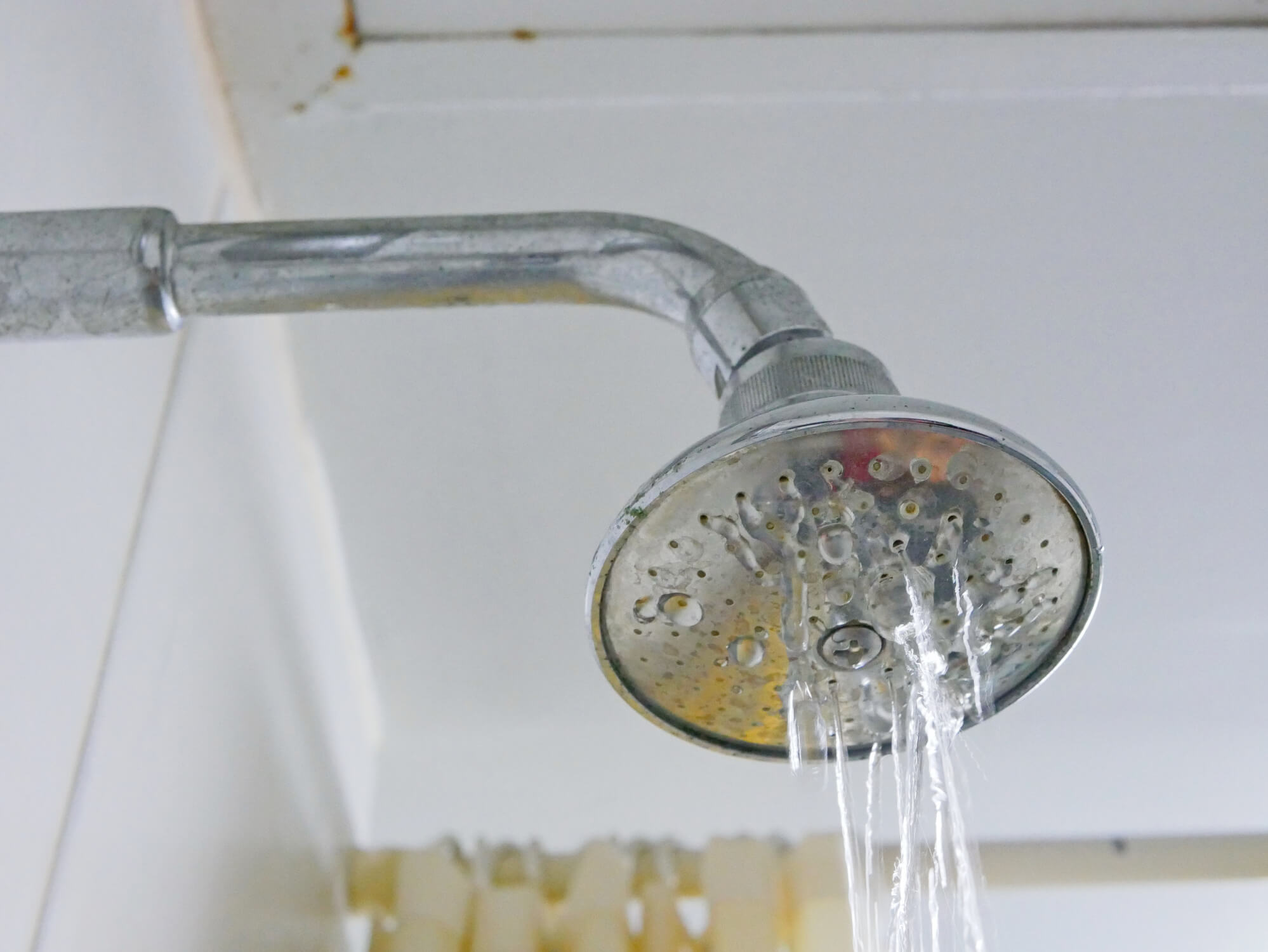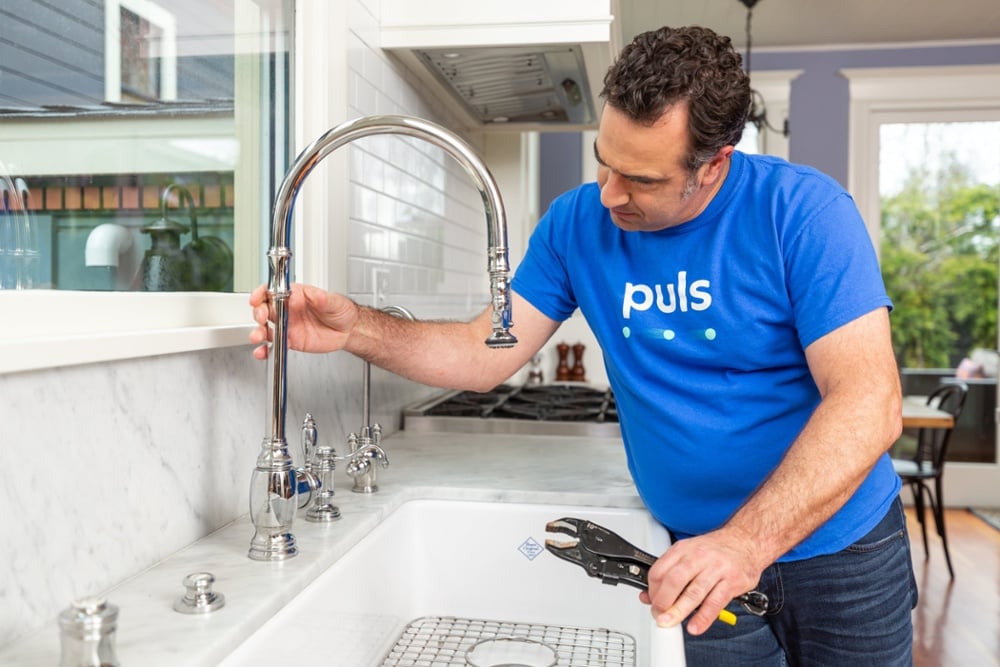What're your beliefs about How To Fix Noisy Pipes?

To diagnose loud plumbing, it is very important to identify initial whether the undesirable sounds occur on the system's inlet side-in various other words, when water is transformed on-or on the drain side. Noises on the inlet side have actually differed reasons: excessive water pressure, used shutoff and faucet components, incorrectly linked pumps or other devices, inaccurately put pipe bolts, as well as plumbing runs including way too many limited bends or other restrictions. Sounds on the drain side usually come from poor area or, just like some inlet side noise, a format including tight bends.
Hissing
Hissing sound that happens when a faucet is opened a little typically signals excessive water stress. Consult your local public utility if you presume this problem; it will certainly be able to inform you the water pressure in your area as well as can install a pressurereducing shutoff on the incoming water supply pipeline if needed.
Thudding
Thudding noise, usually accompanied by trembling pipelines, when a faucet or appliance shutoff is turned off is a problem called water hammer. The noise and also vibration are brought on by the reverberating wave of stress in the water, which suddenly has no location to go. Sometimes opening a shutoff that discharges water promptly into an area of piping including a constraint, elbow joint, or tee installation can produce the exact same problem.
Water hammer can usually be treated by installing fittings called air chambers or shock absorbers in the plumbing to which the problem valves or taps are connected. These gadgets permit the shock wave produced by the halted circulation of water to dissipate in the air they consist of, which (unlike water) is compressible.
Older plumbing systems might have short upright areas of capped pipe behind wall surfaces on tap runs for the very same purpose; these can ultimately loaded with water, reducing or ruining their performance. The cure is to drain pipes the water system totally by shutting down the main water system shutoff and also opening all faucets. After that open up the main supply valve and also shut the faucets one by one, beginning with the tap nearest the valve as well as finishing with the one farthest away.
Babbling or Screeching
Intense chattering or shrieking that takes place when a shutoff or faucet is switched on, which generally disappears when the fitting is opened completely, signals loosened or malfunctioning inner parts. The service is to replace the shutoff or tap with a brand-new one.
Pumps and appliances such as washing devices as well as dish washers can move electric motor sound to pipelines if they are improperly connected. Link such products to plumbing with plastic or rubber hoses-never stiff pipe-to isolate them.
Various Other Inlet Side Noises
Squeaking, squealing, damaging, breaking, and also tapping usually are caused by the growth or contraction of pipes, normally copper ones providing warm water. The noises happen as the pipelines slide versus loosened bolts or strike close-by residence framework. You can commonly determine the area of the trouble if the pipelines are revealed; simply comply with the noise when the pipelines are making sounds. Probably you will discover a loose pipe wall mount or a location where pipelines exist so near to flooring joists or other framing pieces that they clatter against them. Attaching foam pipe insulation around the pipelines at the point of call need to treat the trouble. Make sure straps as well as hangers are secure and also give ample assistance. Where possible, pipe fasteners need to be affixed to large architectural aspects such as foundation walls as opposed to to mounting; doing so minimizes the transmission of vibrations from plumbing to surfaces that can amplify and also move them. If connecting fasteners to framework is unavoidable, cover pipes with insulation or other resistant product where they get in touch with fasteners, and also sandwich completions of new fasteners in between rubber washers when installing them.
Dealing with plumbing runs that experience flow-restricting tight or countless bends is a last hope that ought to be undertaken just after seeking advice from an experienced plumbing specialist. Sadly, this scenario is relatively common in older residences that may not have actually been built with interior plumbing or that have seen a number of remodels, especially by novices.
Drain Noise
On the drainpipe side of plumbing, the chief objectives are to eliminate surfaces that can be struck by dropping or rushing water as well as to insulate pipes to have unavoidable noises.
In brand-new construction, bath tubs, shower stalls, toilets, as well as wallmounted sinks and also basins must be set on or versus resilient underlayments to minimize the transmission of audio through them. Water-saving bathrooms and also faucets are much less loud than standard models; install them as opposed to older kinds even if codes in your area still allow making use of older fixtures.
Drainpipes that do not run up and down to the cellar or that branch into horizontal pipeline runs sustained at flooring joists or other framing existing particularly bothersome noise issues. Such pipelines are large enough to emit considerable resonance; they additionally carry considerable quantities of water, which makes the circumstance even worse. In new building, define cast-iron soil pipelines (the huge pipes that drain commodes) if you can manage them. Their massiveness consists of a lot of the noise made by water going through them. Likewise, stay clear of routing drainpipes in wall surfaces shown rooms and also rooms where people collect. Wall surfaces containing drainpipes must be soundproofed as was defined earlier, using double panels of sound-insulating fiber board and also wallboard. Pipes themselves can be wrapped with special fiberglass insulation produced the objective; such pipelines have an impervious vinyl skin (often consisting of lead). Outcomes are not constantly acceptable.
If Your Plumbing is Making These Sounds, There’s a Problem
A Bang or Thump When You Turn Off a Faucet
If a loud bang or thump greets you each time your turn off running water, you likely have a water hammer. A water hammer occurs when the water velocity is brought to a halt, sending a shock wave through the pipe. It can be pretty jarring — even worse, damaging to your plumbing system. All that thudding could loosen connections.
Strange Toilet Noises
You’re so familiar with the sounds your toilet makes that your ears will be attuned to anything out of the ordinary. Fortunately, most unusual toilet noises can be narrowed down to just one of several problems.
Foghorn sound:
Open the toilet tank Flush the toilet When you hear the foghorn noise, lift the float to the top of the tank If you’re ambitious, you can remove the ballcock valve and disassemble it to replace the washer. Or you can more easily replace the ballcock valve entirely. This device is relatively inexpensive and available at most any hardware store.
Persistent hissing:
The hissing following a flush is the sound of the tank filling. It should stop once the tank is full. But if the hissing continues, it’s likely because water is leaking out of the tank. The rubber flap at the bottom of the tank can degrade, letting water slip through and into the bowl. That’s why the tank is refilling continuously. Fortunately, this is an easy fix:
Cut the water to the toilet by closing the shutoff valve on the water supply line. Flush the toilet to drain the tank. Disconnect the flapper Attach the new flapper Gurgling or bubbling:
Gurgling or bubbling suggests negative air pressure in the drain line, likely resulting from a clog. As air releases, it causes the water in the toilet to bubble. This could either be a minor issue or a major one, depending on the clog’s severity. Clogs can be caused by toilet paper or more stubborn obstructions such as tree roots. If you can’t work out the clog with a plunger, contact a professional plumber for assistance because a clog of this magnitude could lead to filthy and unsanitary sewage backups in your sink bathtub.

As a devoted reader about Why is My Home Making Strange Plumbing Noises, I assumed sharing that excerpt was beneficial. Are you aware of somebody else who is intrigued by Why Do My Plumbing Pipes Make A Knocking Noise? Be sure promote it. Bless you for your time. Visit us again soon.
Book Now